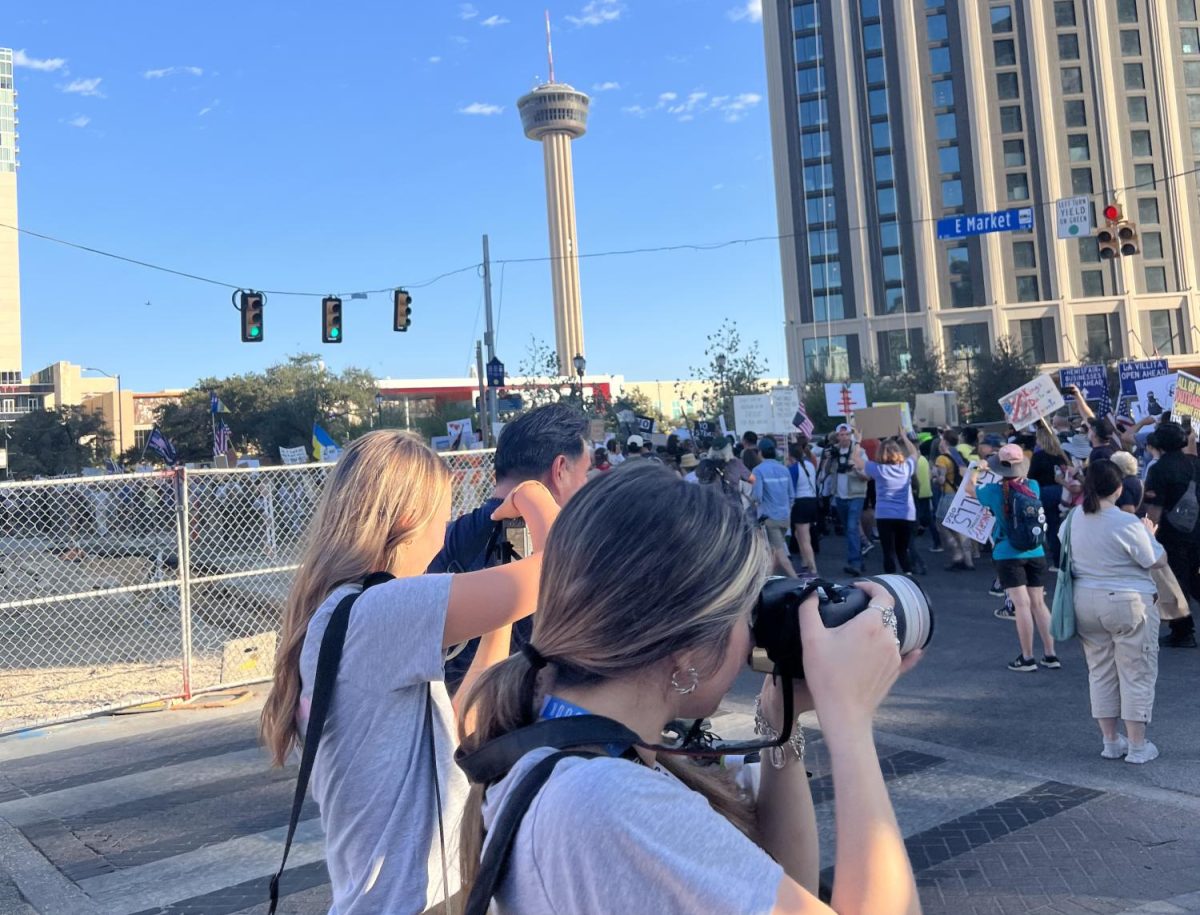In recent months, a new policy initiative has emerged, casting a shadow over the sanctity of schools across the nation. As directed by the administration, Immigration and Customs Enforcement (ICE) has been given the unprecedented authority to target educational institutions, sparking fear and uncertainty within communities. This move, reported by reputable sources such as the Associated Press, marks a significant shift in how schools are perceived, transforming them from havens of learning into potential sites of conflict and distress.
Traditionally, schools have been seen as safe spaces, where children of all backgrounds come together to learn, grow, and dream. They are places where diversity is celebrated, not condemned; where students are encouraged to explore the world and their place within it. However, with the new directive targeting schools, this sense of safety and inclusivity is at risk.
For many students, particularly those from immigrant families, the presence of ICE in their educational environment is a source of profound anxiety. These children, who once walked into school with dreams of a brighter future, now enter their classrooms with the heavy burden of fear. They worry not only about their studies but also about the potential separation from their loved ones, the threat of deportation hanging over their heads like a dark cloud.
The emotional toll on these young minds is immeasurable. Teachers and administrators, who have dedicated their lives to nurturing and educating students, now find themselves in a difficult position. They are torn between their commitment to protect their students and the mandates imposed by external authorities. This conflict places an immense strain on the educational system, as educators struggle to maintain a safe and supportive environment amid growing tensions.
The heart-wrenching stories of families being torn apart, as highlighted by the Associated Press, serve as a poignant reminder of the human cost of such policies. These are not just faceless numbers or statistics; they are real people, with hopes, dreams, and aspirations.
The impact of ICE’s presence in schools extends beyond the immediate fear of deportation. It affects students’ ability to concentrate, participate, and succeed academically, ultimately hindering their future prospects. Communities are called upon to stand in solidarity with those affected, to advocate for policies that protect the vulnerable and uphold the fundamental rights of all individuals. Schools should remain spaces of sanctuary, where every child can learn without fear, and where their potential is nurtured rather than stifled.
The nation must reconsider the implications of such policies and work towards solutions that honor the dignity and humanity of every student, ensuring that schools remain places of hope and opportunity for all.















